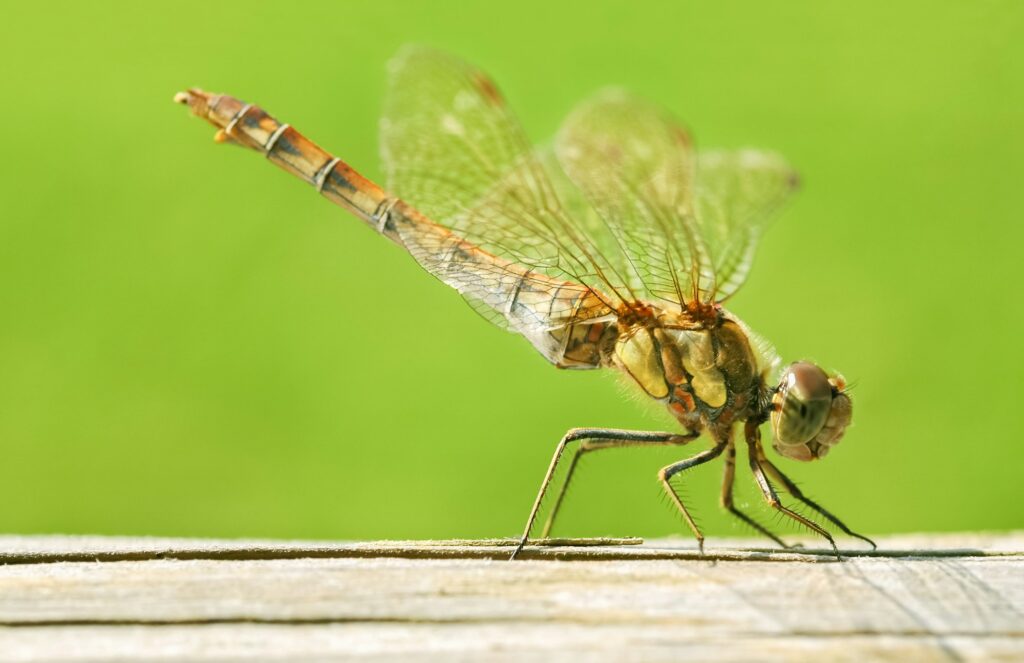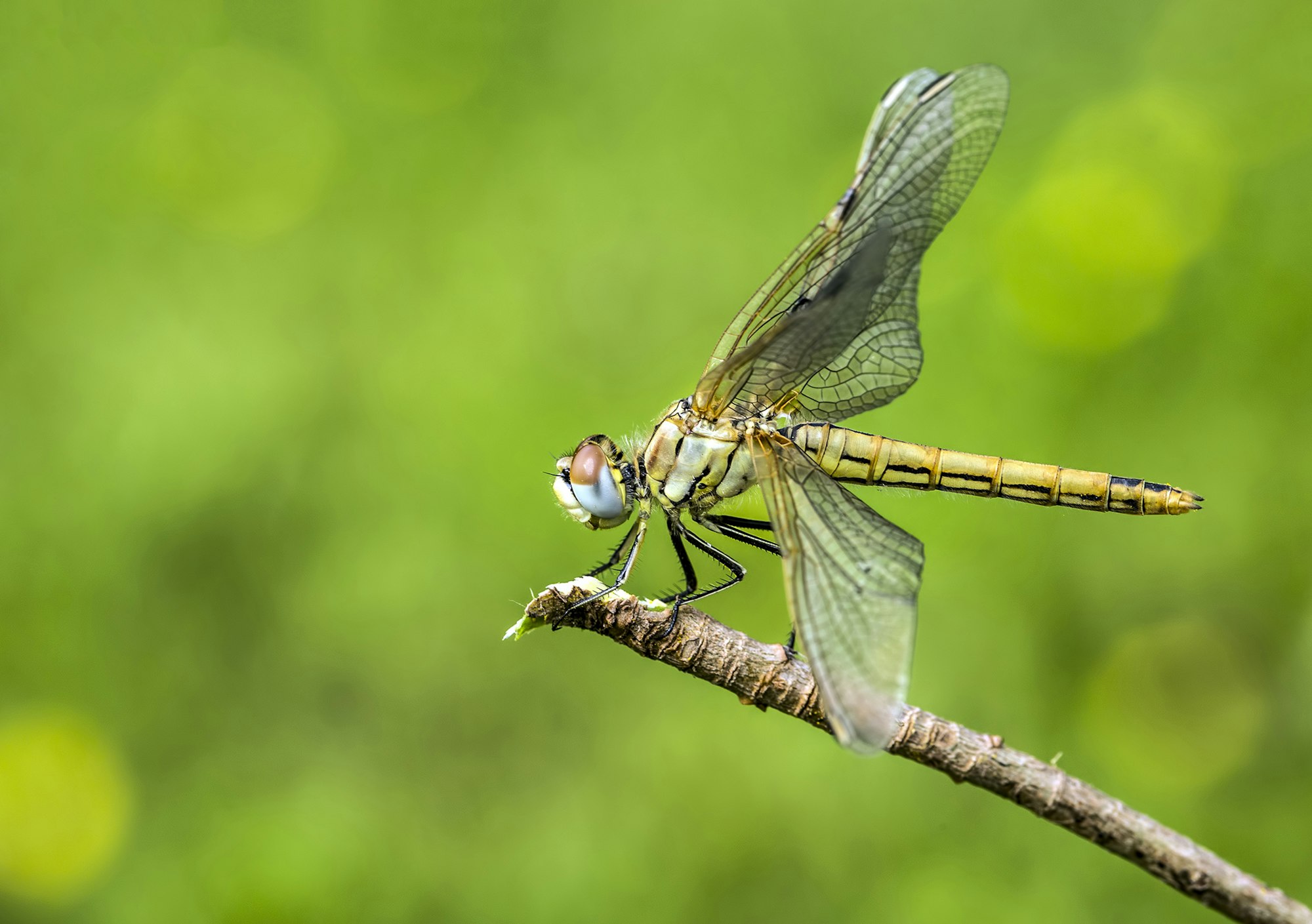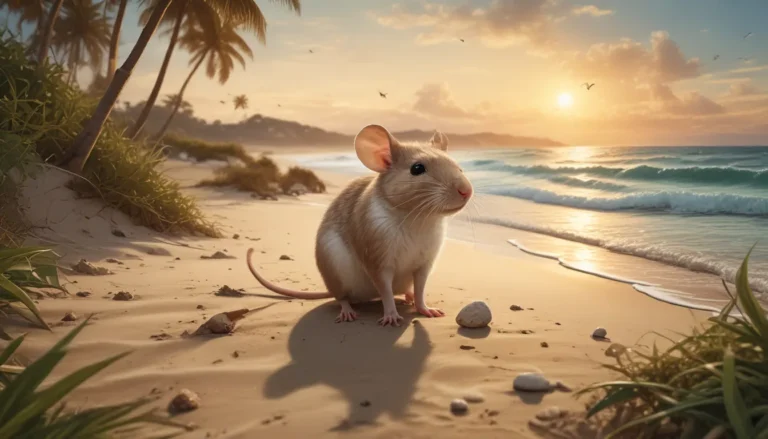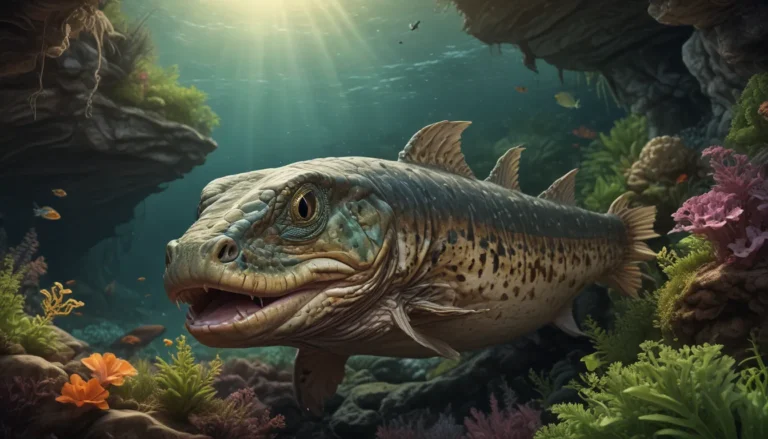The pictures we use in our articles might not show exactly what the words say. We choose these pictures to make you interested in reading more. The pictures work together with the words but don’t take their place. The words still tell you the important facts.
Have you ever watched a dragonfly zip through the air, its wings shimmering in the sunlight? These fascinating insects have captivated humans for centuries with their incredible abilities and unique characteristics. In this blog post, we'll explore 15 interesting facts about dragonflies that will leave you in awe of these remarkable creatures.
Dragonflies are some of the most captivating insects on our planet. With their iridescent wings and lightning-fast flight, they've been inspiring curiosity and wonder for millennia. Let's dive into some fascinating dragonfly facts that showcase just how extraordinary these creatures really are.
1. Ancient Origins
Dragonflies have been around for an incredibly long time. In fact, they predate dinosaurs by over 100 million years! Fossil records show that ancient dragonflies, known as griffinflies, existed during the Carboniferous period, around 300 million years ago. These prehistoric relatives were much larger than modern dragonflies, with wingspans reaching up to 30 inches!
2. Masters of Flight
Dragonflies are truly exceptional fliers. They can fly in any direction, including sideways and backwards, and can hover like helicopters. Their four wings can beat independently, allowing for incredible maneuverability. Some species can reach speeds of up to 35 miles per hour, making them one of the fastest flying insects in the world.

3. Incredible Vision
If you thought human vision was impressive, wait until you hear about dragonfly eyes! These insects have compound eyes that contain up to 30,000 facets, each of which is a separate light-sensing organ. This gives dragonflies nearly 360-degree vision and allows them to see colors that are invisible to humans, including ultraviolet light.
4. Efficient Hunters
Dragonflies are nature's perfect predators. Their exceptional eyesight, coupled with their agile flight, makes them incredibly successful hunters. In fact, dragonflies have a hunting success rate of about 95%, which is higher than many other predators in the animal kingdom.
5. Aquatic Beginnings
While adult dragonflies are aerial acrobats, they start their lives underwater. Dragonfly nymphs, also called naiads, live in water for months or even years before emerging as adults. These aquatic youngsters are fierce predators in their own right, feeding on everything from mosquito larvae to small fish.
6. Unusual Breathing
Dragonfly nymphs have a unique way of breathing underwater. They have gills inside their rectum and can propel themselves forward by expelling water forcefully through this opening. This "jet propulsion" not only helps them move but also allows them to absorb oxygen from the water they expel.
7. Colorful Characters
Adult dragonflies come in a stunning array of colors. From electric blues and vibrant reds to metallic greens and golds, these insects are some of the most colorful creatures in the insect world. Some species even change color as they mature or to regulate their body temperature.
8. Temperature Control
Speaking of temperature, dragonflies have some interesting ways of regulating their body heat. On cool mornings, they may bask in the sun with their wings spread to warm up. When it's too hot, some species adopt an "obelisk" posture, pointing their abdomens straight up to minimize sun exposure.
9. Mating Rituals
Dragonfly mating is a complex and fascinating process. Males often defend territories and perform elaborate courtship displays to attract females. When mating, the pair forms a unique "wheel" or "heart" shape, which has made them a symbol of love in some cultures.
10. Migration Marvels
While not all dragonflies migrate, some species undertake incredible journeys. The globe skimmer dragonfly (Pantala flavescens) holds the record for the longest insect migration, traveling up to 11,000 miles across the Indian Ocean.
11. Cultural Significance
Dragonflies have played important roles in various cultures throughout history:
- In Japan, they're symbols of courage, strength, and happiness.
- Some Native American tribes see them as signs of pure water.
- In European folklore, they've been associated with both good and evil.
12. Natural Pest Control
Dragonflies are excellent allies in controlling mosquito populations. A single dragonfly can eat hundreds of mosquitoes in a day, making them a natural and effective form of pest control.
13. Unique Wing Structure
The wings of a dragonfly are a marvel of natural engineering. They're made of a thin, transparent membrane supported by a network of veins. This structure allows the wings to be incredibly strong while remaining lightweight, enabling the dragonfly's impressive aerial acrobatics.
14. Threat of Extinction
Despite their long evolutionary history, many dragonfly species are now threatened due to habitat loss, pollution, and climate change. Conservation efforts are crucial to ensure these fascinating insects continue to thrive.
15. Inspiration for Technology
The unique abilities of dragonflies have inspired various technological innovations. From more efficient wind turbines to advanced flying robots, engineers and scientists are learning valuable lessons from these remarkable insects.
In Conclusion
Dragonflies are truly remarkable creatures that have fascinated humans for centuries. From their prehistoric origins to their incredible flying abilities and unique life cycles, these insects continue to amaze and inspire us. Whether you're watching them dart across a pond on a summer day or learning about their important role in ecosystems, dragonflies remind us of the wonders of the natural world.
The next time you spot a dragonfly, take a moment to appreciate these extraordinary insects. They're not just beautiful to look at; they're also vital components of our ecosystems and living examples of nature's incredible engineering. By understanding and protecting dragonflies, we're not only preserving a fascinating piece of natural history but also ensuring a healthier environment for all living creatures.






